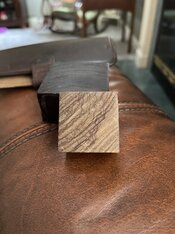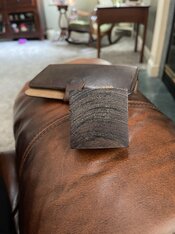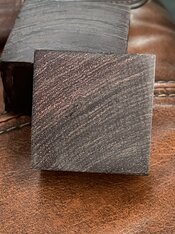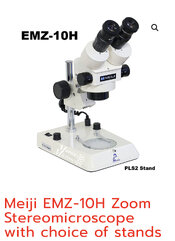So I finally got around to sanding the three rosewood specimens I want to try to ID. Before I did I calculated the specific gravity of each specimen. The three specimens were sold to me as
Dalbergia lanceolaria, Madagascar Rosewood Voamboana, and Aztec Rosewood. I did not take a moisture measurement, but they are very old pieces and have been inside my house for several months since I purchased them. I suspect they are below 12% moisture.
Specific gravities are:
Aztec Rosewood = 0.76
D. lanceolaria = 0.99
Madagascar Rosewood Voamboana = 1.13
My sanding was by hand using sandpaper I picked up a Lowe’s which may have affected my results. Having not done this before I felt like I was winging it. I used 80, 120, 220, 400, 800, 1,500 and 2,000 grit sandpaper (what Lowe’s had). Now that I’m thinking about it more, I should have stopped at 1,500 grit or found some 1,200 grit sandpaper.
I don’t expect accolades from the pictures I took using my cell phone. These are just to give you an idea of the engrain of each wood. I want to redo these before taking pictures with my dissecting microscope.
Aztec Rosewood,
D. lanceolaria, then Voamboana. Need to blow these up to see pores. Of greatest concern are the black smudges on the
D. lanceolaria. Also, it seems I have wood dust in the Voamboana pores. I “think” the Aztec Rosewood is
D. palo-escrito. I’m not sure about the
D. laceolaria as it smells just like Burmese Blackwood (
D. cultrata) and the specific gravity is similar to Burmese Blackwood. I don’t know the specific gravity of
D. lanceolaria. As for Voamboana, it has a higher specific gravity than known rosewoods from Madagascar. Gilmer Wood had a rosewood claimed to be from Madagascar for sale on their website many years ago. Although they claimed it was from Madagascar, they also indicated that it smelled like Kingwood or Camatillo and was hard and heavy. Well this wood is heavy, and it doesn’t look like the Camatillo I have. It does look more like Kingwood than Camatillo. The specific gravity is somewhat less than Camatillo/Kingwood.
Anyway, do I need to start the sanding process over or go ahead and take pictures with the microscope and see what we get?



 ) here's a smattering of the 3,000+ end grain pics from the anatomy pages. This should show pretty clearly why I keep telling everyone that the end grain can be so useful in doing wood ID:
) here's a smattering of the 3,000+ end grain pics from the anatomy pages. This should show pretty clearly why I keep telling everyone that the end grain can be so useful in doing wood ID:









 ) here's a smattering of the 3,000+ end grain pics from the anatomy pages. This should show pretty clearly why I keep telling everyone that the end grain can be so useful in doing wood ID:
) here's a smattering of the 3,000+ end grain pics from the anatomy pages. This should show pretty clearly why I keep telling everyone that the end grain can be so useful in doing wood ID:
















